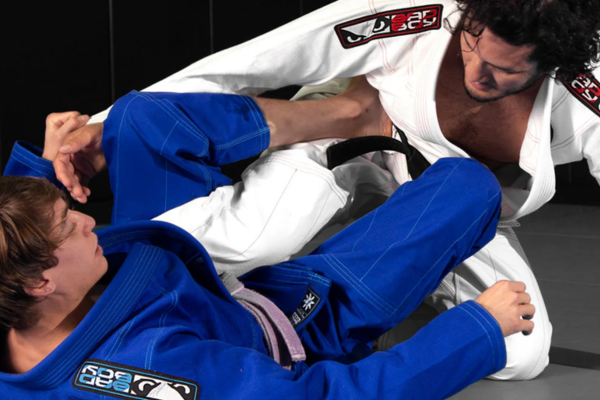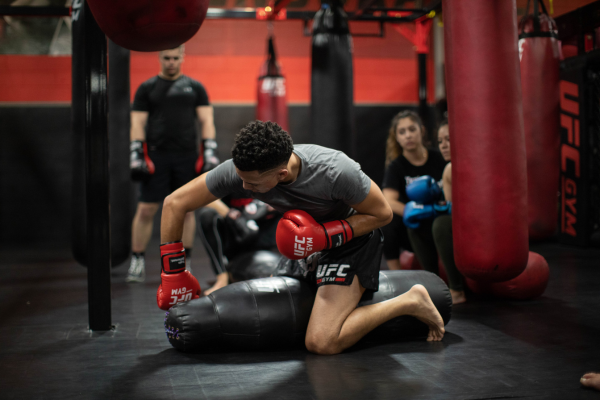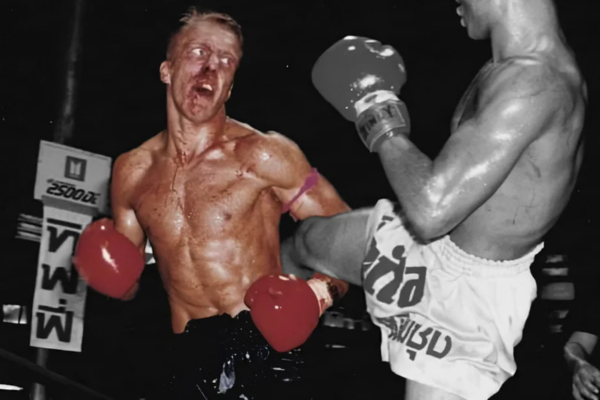What gear do you need during your BJJ training?

Brazilian Jiu-Jitsu (BJJ) is one of the most technical and challenging martial arts in the world. Whether you’re just starting out or have been on the mat for years, the right equipment is essential for training comfortably and safely. But what gear do you need for BJJ training? From the right gi to injury protection, this blog will tell you everything you need to know about the essential gear for your BJJ training.
Why a good gi is important
The BJJ gi is the most recognizable piece of equipment. This sturdy suit is designed to withstand the intensity of grappling techniques, throws and holds. Unlike a regular karate or judo gi , a BJJ gi is often cut a little tighter, so that opponents have less material to grab onto.
A good gi is not only comfortable, but also strategic. A fabric that is too light can tear more easily, while a gi that is too heavy will restrict your range of motion. That’s why it’s important to choose a gi that suits your style and weight class. Many BJJ practitioners own multiple gis, so they always have a fresh and dry set at the ready.
The right fit and material
A gi should fit snugly, but not too tight. When rolling, you need freedom of movement to execute techniques well and control opponents. Cotton gis are popular for their durability, while lighter models, such as ripstop gis, are more breathable and dry faster.
Most academies have specific rules about gi color and patches. Before you buy a gi, it is wise to check if your gym has any specific requirements. This way you avoid showing up on the mat in a brightly colored gi while everyone else is training in white or blue.
Why a rash guard is indispensable

In No-Gi BJJ, where you train without a traditional gi, a rash guard is an absolute must. This tight compression shirt protects your skin from chafing and helps to wick away sweat faster. It also prevents bacteria and fungi from spreading easily, which is important in close-contact sports like BJJ.
A good rash guard is made of breathable, stretchy material and provides light compression to reduce muscle fatigue. Many BJJ practitioners also wear rash guards under their gi for added protection and to extend the life of their gi.
Splashes for extra protection
Spats – long compression leggings – are ideal for both Gi and No-Gi training. They help prevent skin abrasions and infections and provide extra support for the legs. Especially in ground fighting , where there is a lot of friction with the mat, a good pair of spats can protect your skin and improve your range of motion.
As with rash guards, it is important to choose a breathable material. Cotton is often too heavy and absorbs too much moisture, while synthetic fabrics such as polyester and spandex are better suited for intensive training.
BJJ Belt: A symbol of progression

In BJJ, your belt isn’t just an accessory – it’s a sign of your progression and skill. The color of your belt indicates what level you’re training at, from white for beginners to black for the most experienced fighters. Earning a higher belt is an achievement that takes months or even years of hard training and dedication.
In addition to the color of your belt, it is important to wear a sturdy, well-tied belt. A loose belt needs to be constantly retied, which can be quite annoying while rolling. Most BJJ belts are made of thicker cotton, so they stay in place better and last longer.
How to choose the right belt?
While the color of your belt is determined by your level, there are a variety of brands and styles to choose from. Some belts are thicker and stiffer, while others are softer and more flexible. Choose a belt that stays secure and feels comfortable so you can focus on your technique instead of constantly retying your belt.
Protection: Prevent injuries and train safely
A good mouthguard is essential, especially during intense sparring sessions . When rolling, elbows, knees or shoulders can accidentally hit your mouth, which can cause serious damage if not protected. A well-shaped mouthguard absorbs shock and prevents dental problems in the long run.
Many BJJers choose a custom mouthguard because it is more comfortable and offers better protection than standard models. Invest in a quality mouthguard because dental costs can be much higher than the price of a good mouthguard.
Ear guards: Prevent 'cauliflower ear'
A common problem among BJJ practitioners is ' cauliflower ear ', a thickening of the cartilage in the ears from repeated impact. This occurs when the ears are regularly bruised by hard grips or pressure on the mat.
To prevent this, some BJJers wear ear guards – special protectors that shield your ears while rolling. While not everyone finds them comfortable, they can make a big difference if you’re prone to ear injuries.
BJJ Gear: Investing in your performance
The right gear isn’t just about comfort, it’s also about performance and safety. A sturdy gi, a reliable rashguard, and protection like a mouthguard will ensure you can train without worry. By investing in good gear , you’re giving yourself the best chance to grow as a BJJ practitioner.
Looking for the best BJJ gear? Discover our premium gis, rashguards and protection in the Fightstyle webshop and train like a pro!
 Nederlands
Nederlands English
English Deutsch
Deutsch Français
Français


Interessant! Gebruiken jullie ear guards tijdens het rollen, of vinden jullie dat alleen nodig bij intensief sparren?
Leave a comment